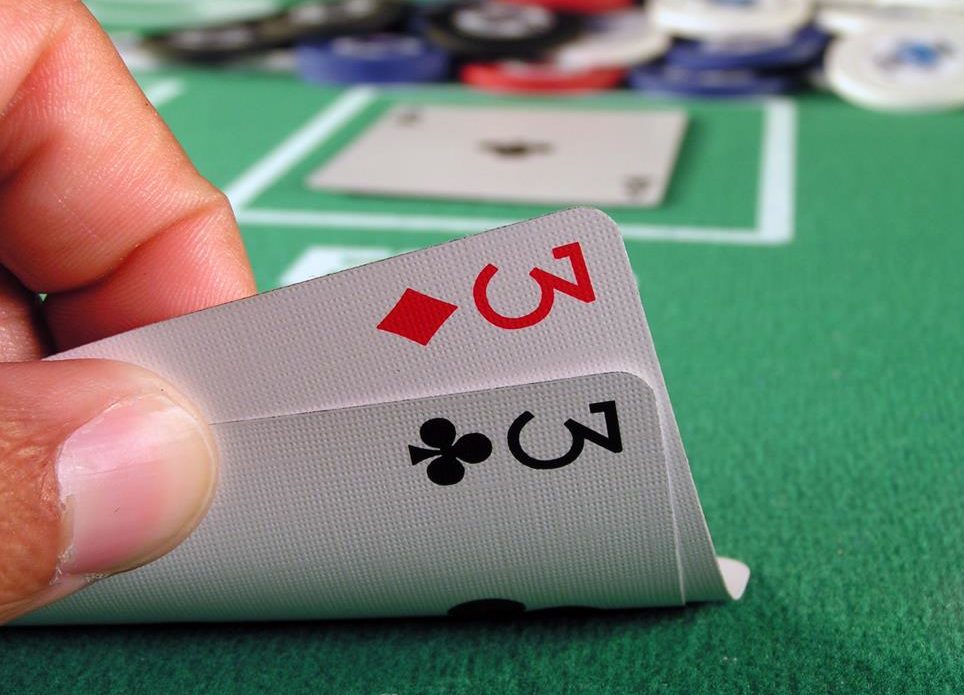In the ever-evolving world of poker, two distinct styles have captured the hearts and minds of enthusiasts around the globe: the enigmatic “Poker Face” approach, employed in traditional brick-and-mortar casinos, and the fast-paced, tech-savvy realm of online poker. In this comprehensive exploration, we delve into the intricacies of both these Texas Hold’em 텍사스홀덤 styles to compare, contrast, and help you make an informed choice.
The Art of the “Poker Face”
The “Poker Face” style has been a staple in the world of poker for generations. This timeless approach relies heavily on physical tells, intuition, and the ability to mask one’s emotions. Let’s dissect its key components:
1. The Stoic Player
Poker tables in land-based casinos are often filled with players who exude stoicism. They maintain an unreadable facade, keeping their emotions tightly under wraps. This style relies on the principle that revealing emotions can be a chink in the armor, potentially giving opponents the upper hand.
2. Reading Physical Tells
In the “Poker Face” arena, mastering the art of reading physical tells is crucial. Subtle movements, like a twitch or a bead of sweat, can speak volumes about an opponent’s hand. Skilled players use these cues to gain an edge in the game.
3. Psychological Warfare
Experience the psychological battle of traditional poker as players strategically manipulate their opponents through confidence and vulnerability. Unleash cunning tactics to elicit desired reactions and emerge victorious.
The Rise of Online Poker
Online poker has experienced a remarkable surge in popularity, presenting a stark contrast to the traditional “Poker Face” style. This fast-paced and digital version of the game comes with its own distinct features.
1. Accessibility and Convenience
Experience the convenience of online poker, empowering you to play anytime, anywhere. Join a massive community of players and immerse yourself in the dominating world of online poker.
2. Speed and Variety
Experience the thrill of playing multiple poker variants simultaneously with online automation. From Texas Hold’em to Omaha and beyond, our online poker games move swiftly, keeping you engaged at multiple tables.
3. Reduced Physical Tells
In the absence of face-to-face interactions, physical tells play a minimal role in online poker. The focus shifts to understanding betting patterns and using software tools to gain insights into opponents’ strategies.
Comparing the Two Styles
Let’s compare “Poker Face” and online poker side by side to explore their main features.
1. Skill Emphasis
- “Poker Face” relies heavily on reading physical cues and mastering the art of deception. It emphasizes interpersonal skills and psychological acumen.
- Online poker demands a strong grasp of mathematics, and statistics, and a keen eye for betting patterns. It rewards analytical thinking and adaptability.
2. Convenience
- “Poker Face” can be a social experience but requires players to be physically present at a casino or poker room, limiting accessibility.
- Online poker offers unmatched convenience, allowing you to participate in games from anywhere, at any time.
3. Learning Curve
- “Poker Face” may take years to master, given the intricacies of human psychology and physical tells.
- Online poker is more approachable for beginners, thanks to the availability of resources, tutorials, and software aids.
Conclusion
In the clash of “Poker Face” and online poker, there’s no definitive winner. Your choice ultimately depends on your preferences, personality, and goals. “Poker Face” offers a traditional, interpersonal experience, while online poker provides accessibility and speed.
If you’re new to poker, online poker might be the ideal starting point. If you prefer the thrill of face-to-face encounters and are adept at reading people, “Poker Face” could be your forte. Whichever path you choose, remember that both styles have their unique charm and challenges.

